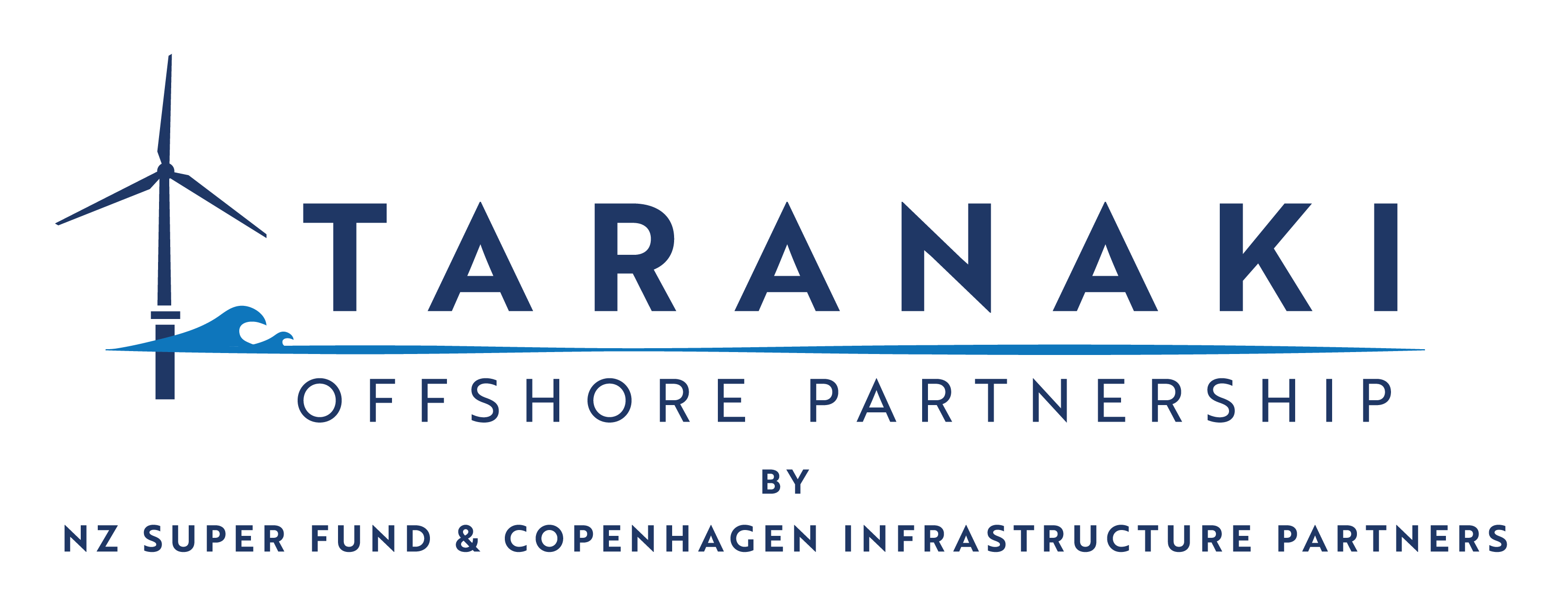Our area of interest extends roughly 25-40km off the coast of South Taranaki. The wind speeds and depth of the sea bed are optimal for developing offshore wind.
TOP’s proposed offshore wind farm will consist of up to 70 wind turbines which are around 260 metres high.
Depending on the exact final location of the wind farm, the turbines would sometimes be visible on the horizon on a clear day.



